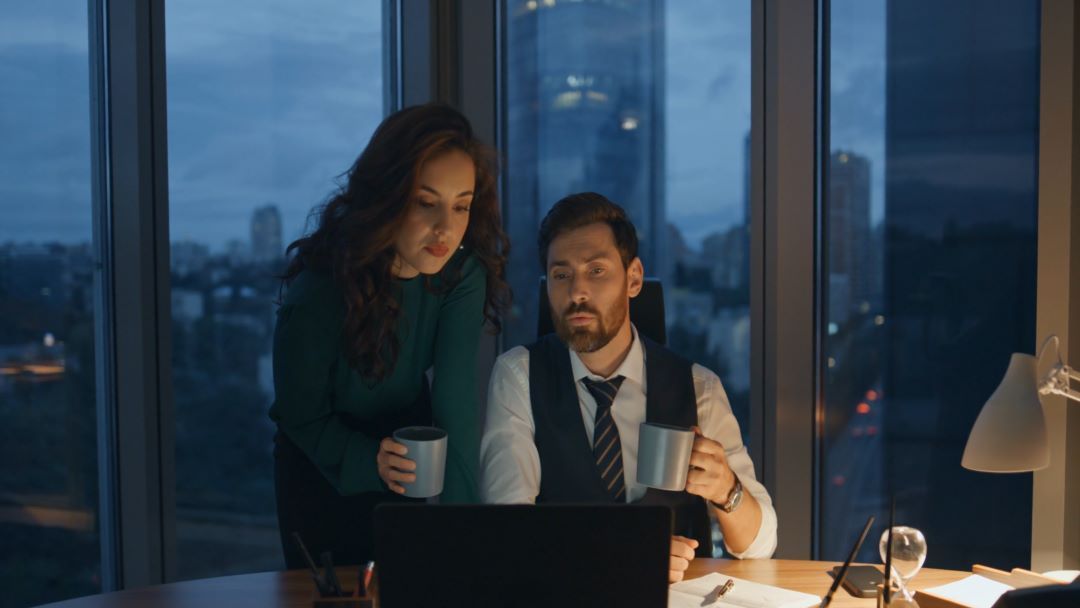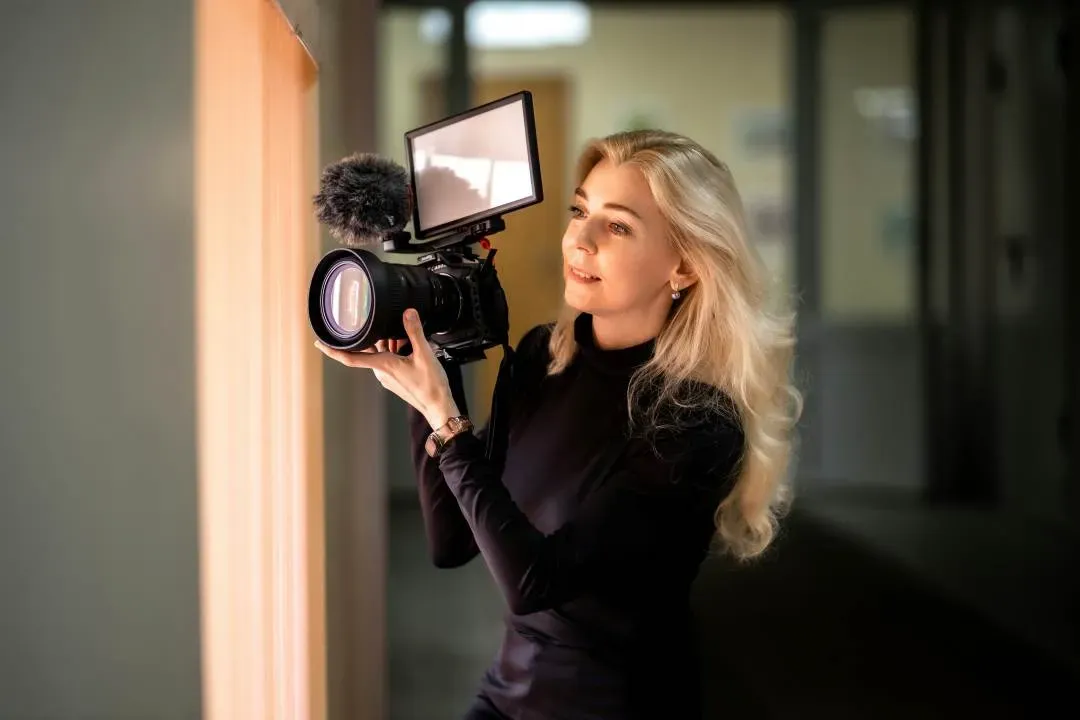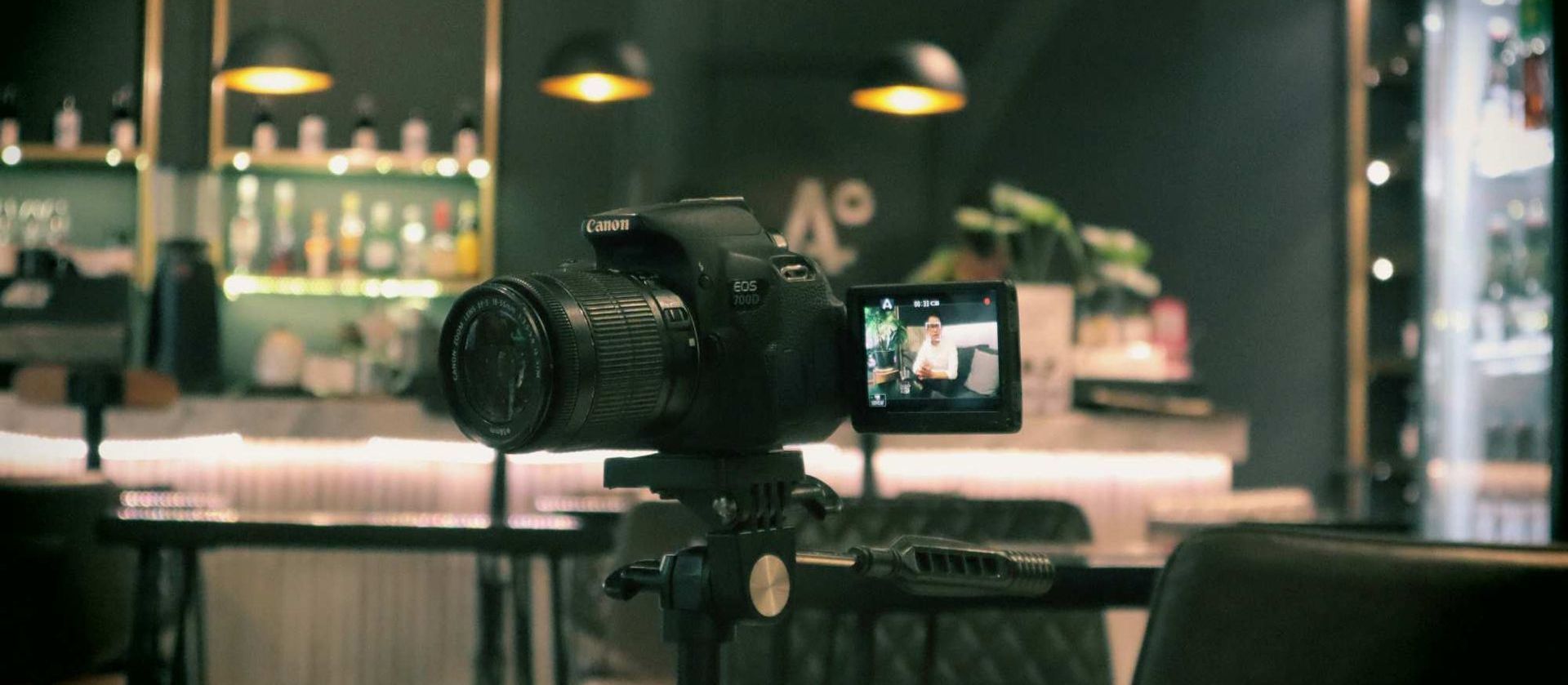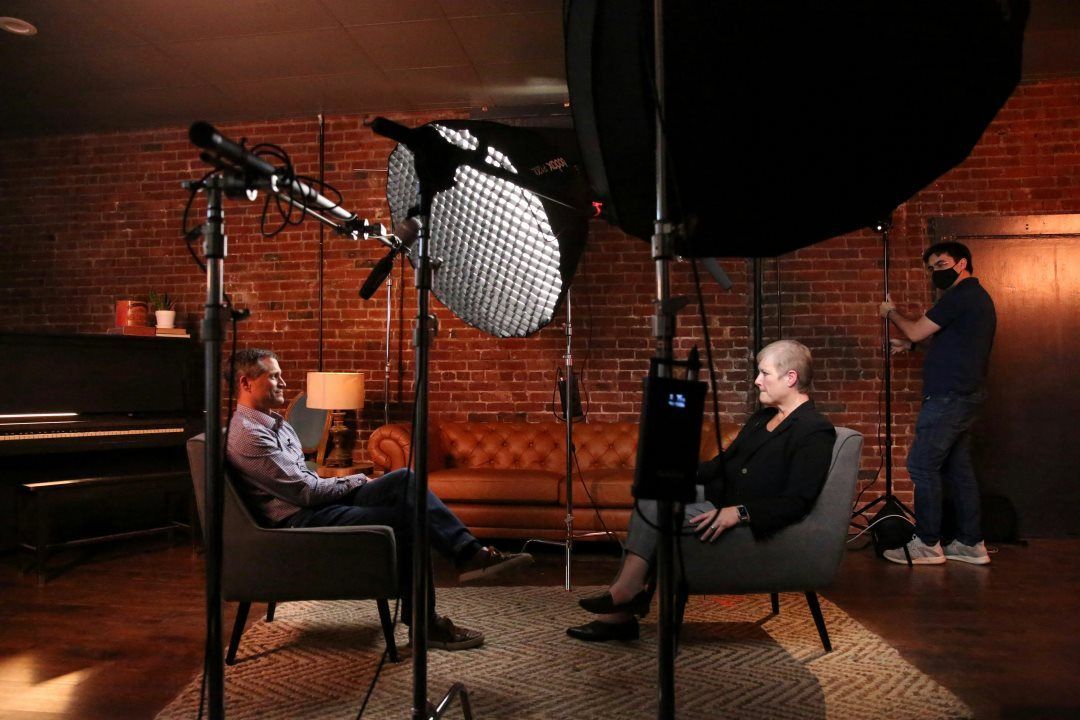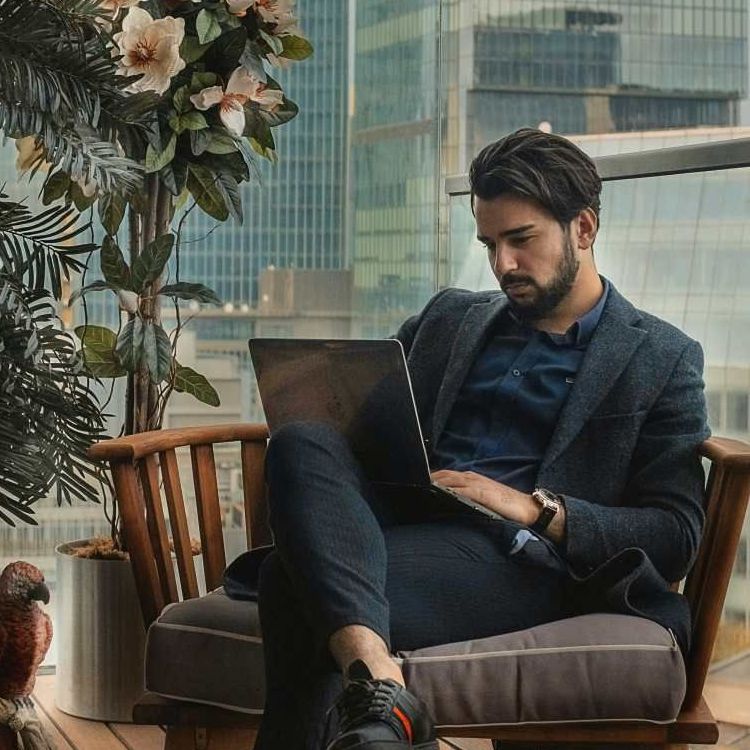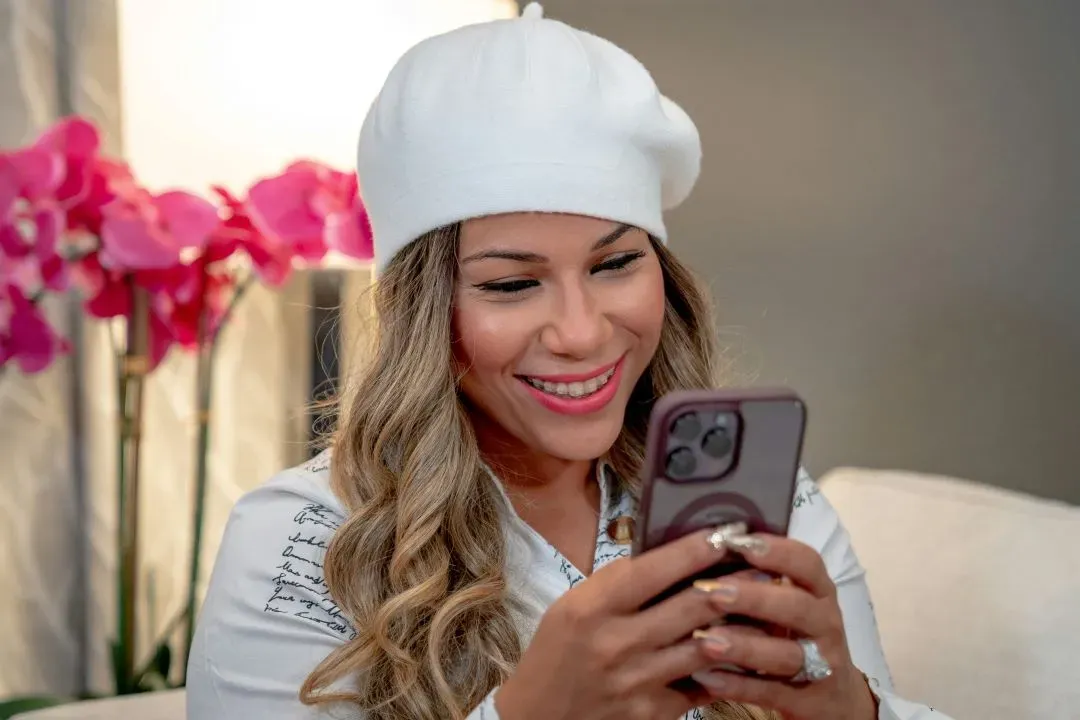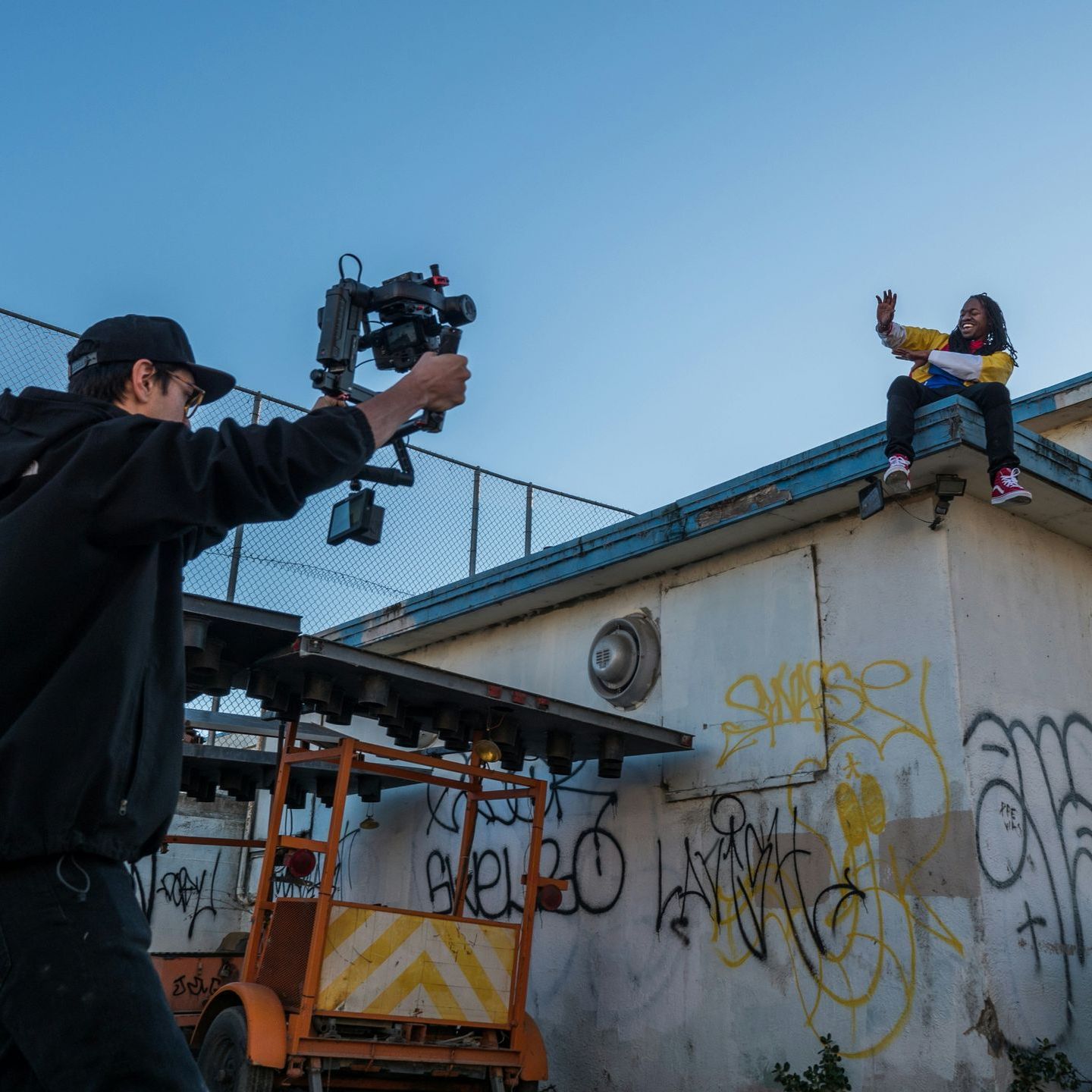Video Interviewing Techniques: How to Get the Best Responses and Make Your Subjects Feel Comfortable on Camera
Video Interviewing Techniques:
How to Get the Best Responses and Make Your Subjects Feel Comfortable on Camera!
You're ready to film a video and line up some great people from your organization.
But now comes the tricky part—getting those genuine, insightful responses from your people while making them feel at ease in front of the Camera.
Fear not! We've got some great tips and tricks to help you nail that interview they should sound like a pro.
Grab a coffee, sit back, and let's chat about how to ace your next interview session.
Best for Nursing Home and Rehabilitation Videos or similar
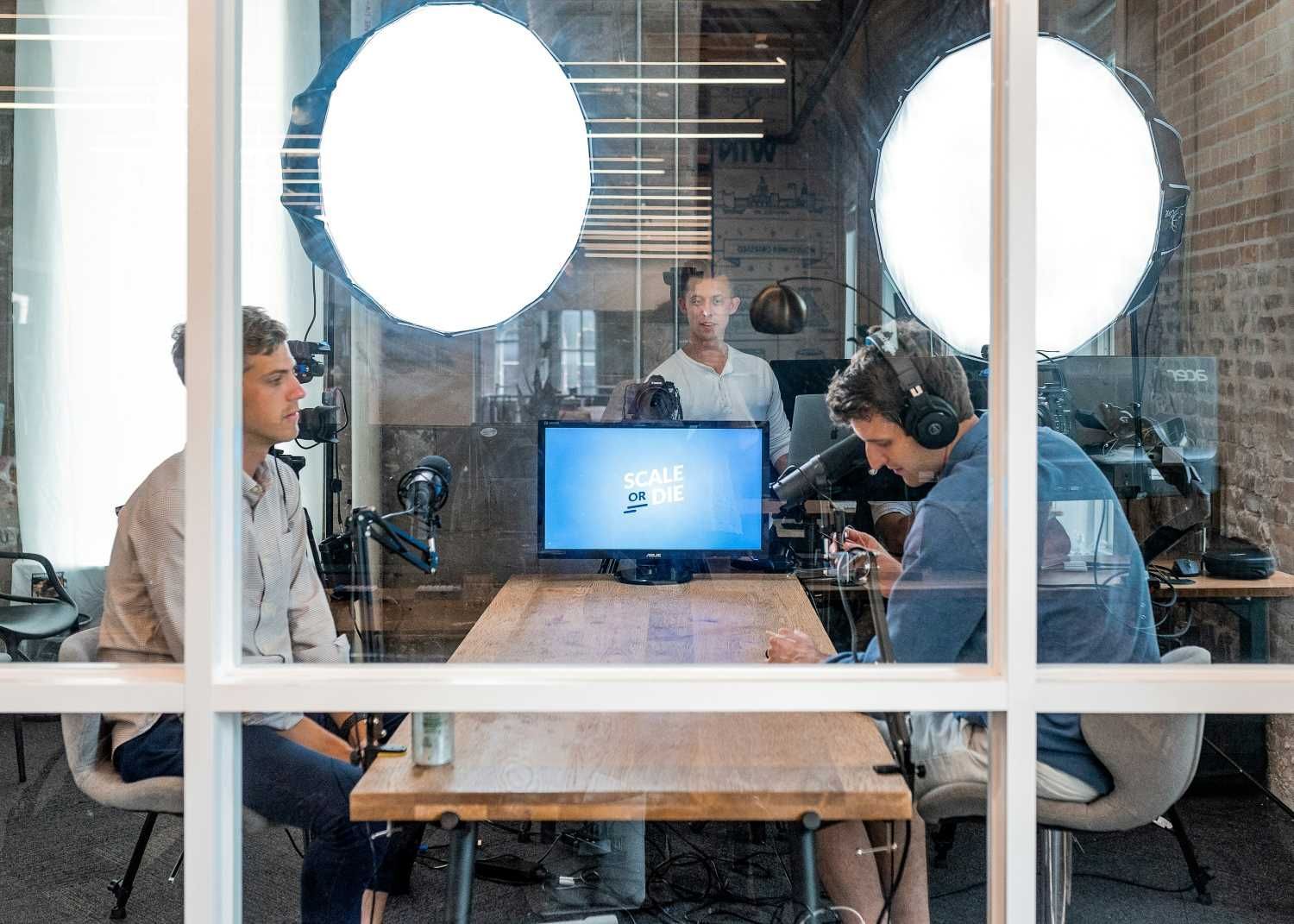
Prepare Filming Day
Before the film crew arrives, you need to do some homework.
Preparing carefully can make a world of difference.
Research Your Subject:
Find out as much as possible about the person you're interviewing.
What are their interests, achievements, and background?
This will help you craft questions that are relevant and engaging.
Prepare Your Questions:
While you want the interview to feel natural, having a list of well-thought-out questions can guide the conversation.
Aim for open-ended questions that encourage detailed responses.
For example, instead of asking, "Do you like your job?" try, "What do you enjoy most about your job?"
Send ahead the questions for them to prepare:
It's good they should read the question before filming, but not too early, as you don't want them to sound unnatural from preparing too much.
Set the Film Scene
Creating a comfortable environment is crucial.
Your subject's comfort will translate to a more relaxed and genuine interview.
Choose the Right Film Location:
Pick a spot that's quiet and free from distractions.
Natural light is always a plus, but make sure it's not too harsh. If you're indoors, try to control the lighting as much as possible.
Comfortable Seating:
Make sure your subject has a comfortable place to sit.
A chair that supports a good position without being too stiff is ideal.
Minimize Background Noise:
Ambient sounds can be distracting and affect the audio quality.
Turn off any noisy appliances and, if you're outdoors, choose a time when there's less traffic or other disturbances.
Watch a video from our team at The Slingshot Guys, that was filmed on an interview basis, this video project was for a Rehabilitation and Nursing Care Center.
Enjoy.
To see more videos, check out our portfolio page.
Build a Connection
Your subject is more likely to open up if they feel a connection with you.
Take some time to build rapport before diving into the questions.
Small Talk:
Start with some light conversation.
Ask them about their day, their interests, or anything else that's unrelated to the interview.
This helps break the ice and makes them feel more at ease. (You should film this conversation too; you never know what you can get and what you might miss during that small talk)
Share a Bit About Yourself:
Let your subject know a little bit about you.
This isn't an interview—it's a conversation.
Sharing something about yourself can make the exchange feel more balanced and less one-sided.
Be Genuine:
People can tell when you're being fake.
Show genuine interest in what your subject has to say.
Nod, smile, and maintain eye contact. Your enthusiasm will encourage them to be more open and honest.
The Power of Listening
Listening is one of the most important skills in interviewing.
It's not just about hearing the words but understanding their meaning.
Active Listening:
Show that you're listening by nodding, making eye contact, and responding appropriately.
This encourages your subject to continue talking and sharing more.
Don't Interrupt:
Let your subject finish their thoughts before jumping in with another question.
Interrupting can make them lose their train of thought and feel rushed.
Follow-Up Questions:
If the person says something interesting, don't be afraid to dig deeper.
Ask follow-up questions to get more details and insights.
Make It a Conversation
The best interviews often feel like natural conversations rather than rigid Q&A sessions.
Here's how to keep the flow going:
Be Flexible:
While it's good to have a list of questions, don't be afraid to go off-script if the conversation takes an interesting turn. Flexibility can lead to unexpected and valuable insights.
React to Their Responses:
Show that you're engaged by reacting to what they say. If they tell a funny story, laugh. If they share something sad, express empathy. Your reactions will make the conversation feel more dynamic.
Use Non-Verbal Cues:
Your body language can say a lot. Lean in slightly, maintain eye contact, and nod to show that you're engaged. These non-verbal cues can make your subject feel heard and valued.
Let them tell their own stories:
Sometimes they won't feel comfortable, and they will say very little to answer the question, then it's good to shift a little and tell them to tell you the full story from their perspective, they'll usually forget about the filming and cameras surrounding them.
The Slingshot Guys is a professional team that knows how to get your people to say the best lines you can use for your marketing videos.
If you want us to produce a professional compelling video, fill out the form below and our team will help you and guide you for all your video production services needed.
Contact Us For professional videos
Handle Nerves with Care
It's common for people to feel nervous in front of the Camera.
Here's how to help them relax:
Give Them Time to Adjust:
Don't start filming the moment they sit down.
Give them a few minutes to get comfortable with the setting and the equipment.
(you can start filming, but you don't need to make it the official filming session, and you don't need to tell them that you're filming, they'll thank you later)
Reassure Them:
Let your subject know that it's okay to make mistakes. They can always start over if they stumble over their words. Knowing this can take a lot of pressure off.
Warm-Up Questions:
Start with some easy, light-hearted questions to help them relax. This can make the transition to more serious topic's smoother.
Capture Genuine Moments
Some of the best responses come when people forget they're being filmed.
Here's how to capture those genuine moments:
Keep the Camera Rolling:
Don't stop filming as soon as the official interview ends.
Sometimes, the best content comes from the off-the-cuff remarks made after the "formal" part is over, as well as records before you get the official start.
Encourage Storytelling:
Stories are powerful. Encourage your subject to share personal anecdotes and experiences.
These are often the most engaging and memorable parts of an interview.
Be Patient:
Sometimes it takes a while for people to open up. Don't rush them. Give them the space to gather their thoughts and share their stories.
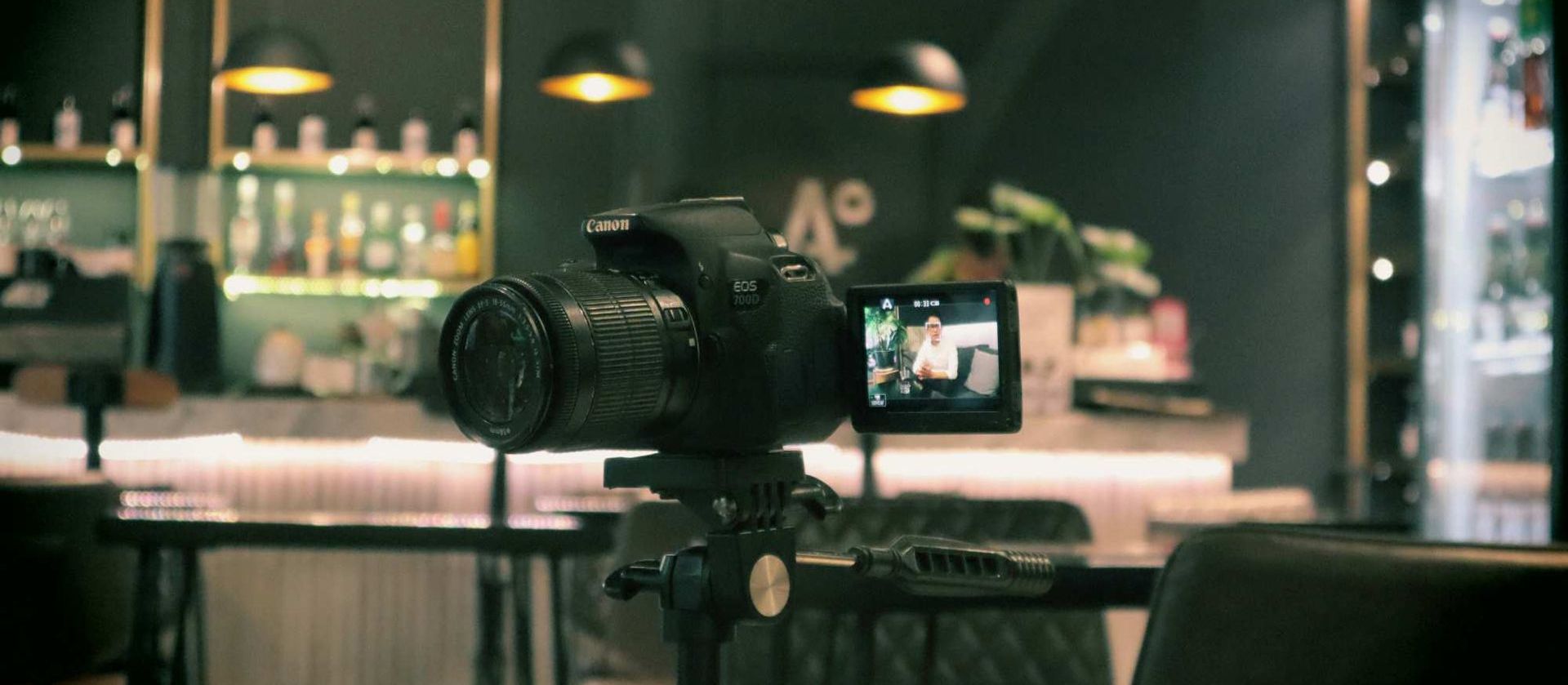
Technical Tips for a Smooth Interview
While the human element is crucial, the technical side can't be ignored.
Here are some tips to ensure your interview looks and sounds great:
Check Your Audio:
Good audio quality is essential.
Use a good microphone and test it before you start.
Make sure there's no background noise and that the levels are balanced. (in the summer, remember to turn off the AC)
Frame Your Shot:
Pay attention to the composition.
Make sure your subject is well-lit and in focus.
Avoid distracting backgrounds that could take away from the interview.
Use a Tripod:
Keep your Camera steady by using a tripod.
A shaky camera can be distracting and unprofessional.
Post-Interview Wrap-Up
Once the interview is over, don't just pack up and leave.
Take a moment to wrap things up properly.
Thank Your Subject:
Show your appreciation for their time and effort. A simple thank you can go a long way.
Recap the Key Points:
Summarize the main points of the interview.
This helps to reinforce the conversation and ensures you didn't miss anything important.
Follow Up:
Stay in touch with your subject.
Let them know when the video will be published and share the final product with them.
Reflect and Improve
Every interview is a learning experience.
Take the time to reflect on what went well and what could be improved for next time.
Watch the Video Footage:
Review the interview footage critically.
Note what worked and what didn't.
This will help you improve your technique for future interviews.
Seek Feedback:
Don't be afraid to ask your subject for feedback.
They can offer valuable insights that you might not have considered.
Keep Practicing:
The more you interview, the better you'll become. Keep practicing, experimenting, and refining your skills.
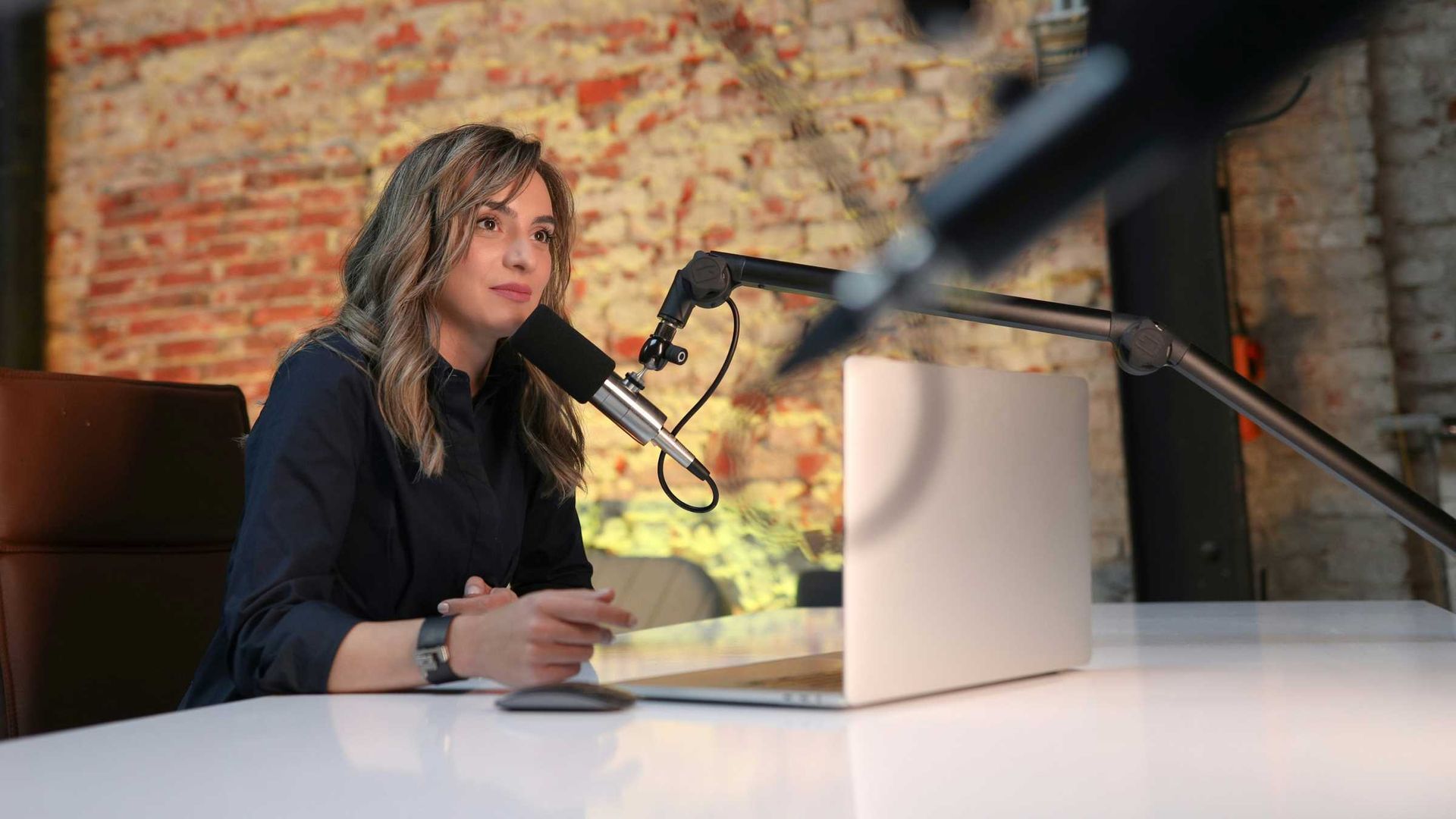
The Slingshot Guys video production company.
A professional crew to guide you and help you shine on Camera and produce videos that will help you generate $100,000 in monthly revenue from your video ALONE.
contact us to set up a free consultation.
Our Video Production Team Includes:
- Video Scriptwriting
- Video Storyboard
- Film Set-up
- On Camara Interviews
- Professional film lighting
- Professional Audio capturing
- Casting
- Professional Filming
- Professional Editing
- And everything for your video production needs
Your video production needs are just one step away; click below, and you'll get it.
Contact Us
The attorney: Behind the Legal Curtain: An Interview with Jordan Jones - Attorney | Produced by our Video Production Crew at The Slingshot Guys
